In the context of the domestic market gradually becoming saturated and exports facing many technical barriers, Saigon Trading Group (SATRA) has chosen a difficult but potential path: Promoting the role of "key trade", both connecting the domestic supply chain and expanding exports, while simultaneously promoting green and digital transformation, towards a circular economy .
To clarify this issue further, we had an interview with Mr. Lam Quoc Thanh - General Director of SATRA, about strategic breakthroughs in the new period.

Mr. Lam Quoc Thanh - General Director of SATRA.
- Sir, can you share the role of the "key trade" strategy in the current development orientation of SATRA?
Building a development strategy in the right direction, consistent with internal strength and adapting to domestic and international changes has always been what SATRA has focused on during 30 years of formation and development.
Our mission is not only to best serve consumers and ensure social security, but also to be a powerful arm contributing to promoting and enhancing the position of Vietnamese goods in the world . Accordingly, the 'mainstream trade' strategy plays a pivotal role.
With this strategy, we will promote our inherent strengths, promoting the connection of three main axes: Manufacturers and farmers with abundant agricultural products; Modern distribution system of up to 180 Satrafoods convenience stores and 4 Satramart supermarkets; and Export markets that SATRA has experience conquering.
This strategy allows SATRA to be both a "support" for manufacturing enterprises and a commercial hub directly connected to the global distribution system, helping Vietnamese goods have the opportunity to expand exports while still maintaining domestic market share.
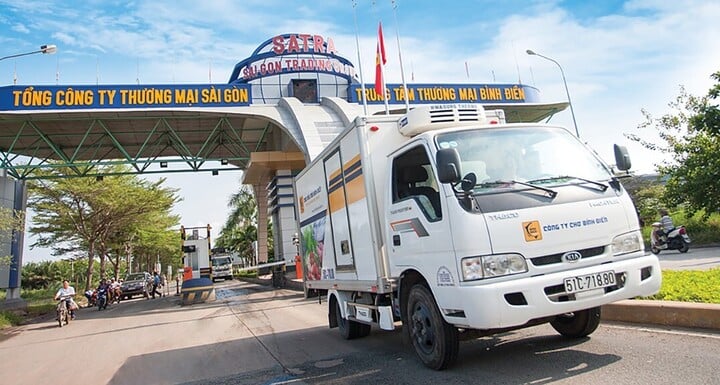
Logistics is now the backbone of the modern supply chain.
- How has SATRA prepared to meet increasingly stringent export standards?
In my opinion, this is a matter of survival. SATRA products must be standardized right from the raw material area (farming and irrigation processes) to testing and traceability.
We are cooperating with localities such as Lam Dong , Ba Ria - Vung Tau, building standard supply areas, ensuring a closed chain "from farm to table". The goal is to overcome international technical barriers, while improving the quality of domestic consumption. This is the dual commitment that SATRA sets: "Goods that meet export standards must also be goods serving Vietnamese people".
- Besides quality, brand is also an important factor for Vietnamese products to gain a foothold. What is SATRA's strategy in elevating Vietnamese brands?
The strength of Vietnamese products is the abundant source of fresh agricultural products at competitive prices. However, the limitation is that there is no strong brand. Therefore, we determined that quality and brand must go hand in hand.
As a focal point, SATRA not only collects standard goods but also supports businesses in packaging design, labeling, international standards and brand stories. Through promotional programs, we negotiate directly with large distribution systems so that Vietnamese products have a clear position, not just in the form of processing.
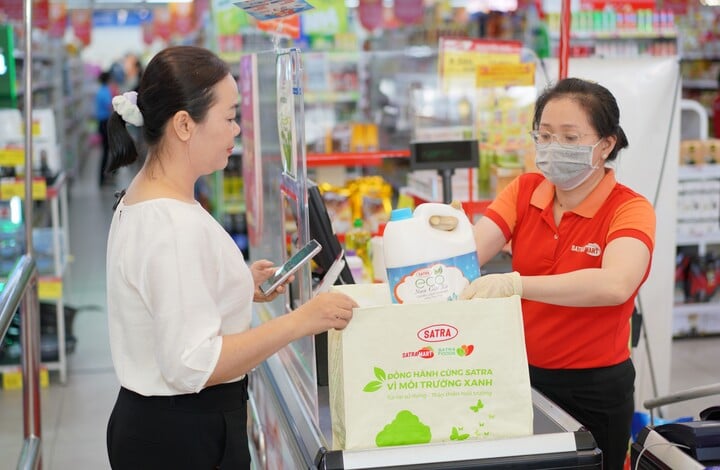
SATRA is implementing a “comprehensive Green transformation” in many areas.
- One of SATRA's new directions is smart logistics. Can you share more specifically?
Logistics is no longer a “back office” but the backbone of the modern supply chain. As Ho Chi Minh City expands its administrative boundaries – becoming a “megacity” of more than 6,700 km2 with more than 13 million people, the opportunity for logistics development is greater, but it also comes with challenges in coordinating goods, transporting and managing the supply chain.
We identify logistics as the foundation for sustainable development. SATRA is implementing a smart logistics strategy, focusing on three directions:
- Developing modern and flexible infrastructure: Connecting industrial parks - production areas - suburban areas, helping to optimize routes, reduce costs, and improve supply chain efficiency.
- Applying digital technology in logistics management: From supply chain management (SCM) software to traceability systems.
- Comprehensive digital transformation in the period 2025-2030: Strategic cooperation with FPT to modernize the entire distribution chain, creating a big data platform to help businesses respond quickly to market fluctuations.
By 2030, SATRA's goal is to operate comprehensively on a digital platform, becoming a "green - digital logistics hub" that effectively connects both domestic and export markets.
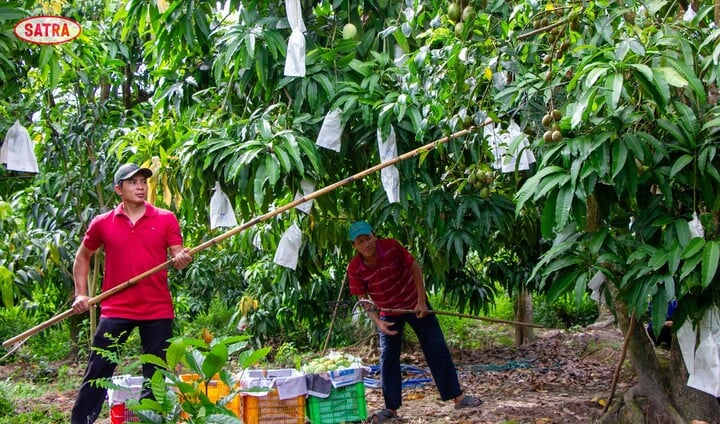
COFIDEC, a member of SATRA, has built a standard supply area, ensuring a closed chain "from farm to table".
- In addition to logistics and digitalization, “green – circular economy” is considered an inevitable trend. How does SATRA approach this issue, sir?
This is not only a trend but also a long-term development mission of SATRA. We are implementing “Comprehensive Green Transformation” in three areas:
- Green in governance: Energy saving, emission reduction in operations, logistics and supply chain;
- Green in products: Encourage suppliers to use bio-packaging, reduce nylon bags, develop green - clean - safe goods;
- Green in the community: Spreading sustainable development thinking to the entire ecosystem, employees and customers.
In particular, SATRA has deployed smart charging stations in supermarkets, and invested in research on the use of renewable energy for retail and logistics chains - gradually moving towards the Government's Net Zero 2050 target. Not only internally, we also want to spread the Green spirit to the entire business community, through communication programs, cooperation with press agencies, associations and localities.
Thus, it can be said that the three pillars of logistics, digitalization and green economy are the three strategic development platforms for our period 2025–2030.
Logistics is the backbone, digitalization is the driving force, and green and circular economy is the destination. SATRA will become the green and digital trade hub of Ho Chi Minh City, a place where Vietnamese businesses converge, standardize goods, connect directly with international partners, and contribute to improving the position of Vietnamese goods on the global export map.
- What are the specific goals that SATRA sets for 2025?
We aim for 15-20% export growth, focusing on seafood, vegetables, fruits, and processed foods; while expanding domestic market share by bringing export-standard products into the retail system.
Furthermore, SATRA will form SATRA HUB - a key trade center connecting Vietnamese goods with international markets, where businesses in the chain can register, receive standard training and connect with global partners.
Thank you!
Source: https://vtcnews.vn/tong-giam-doc-satra-lam-quoc-thanh-dot-pha-logistics-dan-dat-kinh-te-tuan-hoan-ar970787.html




![[Photo] Solemn opening of the 1st Government Party Congress](https://vphoto.vietnam.vn/thumb/1200x675/vietnam/resource/IMAGE/2025/10/13/1760337945186_ndo_br_img-0787-jpg.webp)



![[INFOGRAPHIC] Birds follow storms to find food](https://vphoto.vietnam.vn/thumb/402x226/vietnam/resource/IMAGE/2025/10/13/1760345532978_thumb-chim-hai-au-jpg.webp)

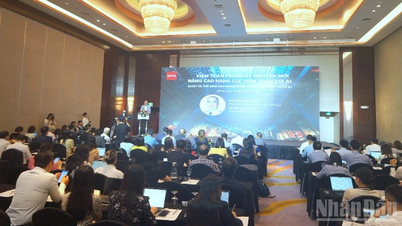

















![[Photo] General Secretary To Lam attends the opening of the 1st Government Party Congress](https://vphoto.vietnam.vn/thumb/1200x675/vietnam/resource/IMAGE/2025/10/13/1760321055249_ndo_br_cover-9284-jpg.webp)



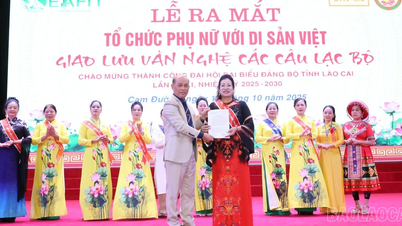

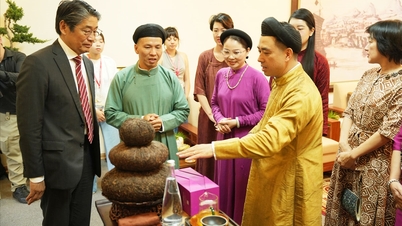






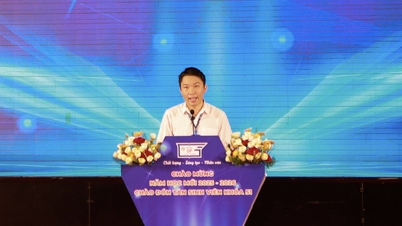





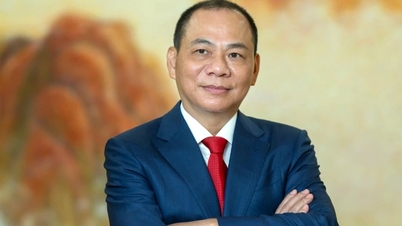






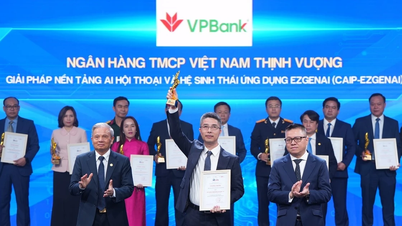


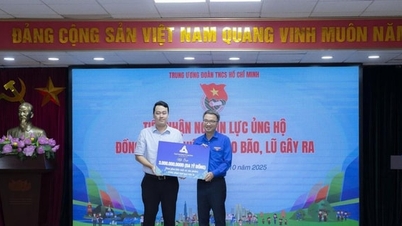

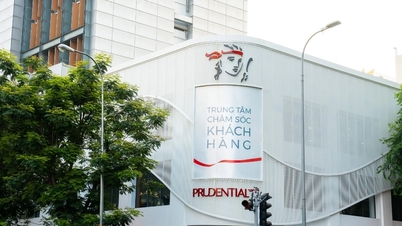







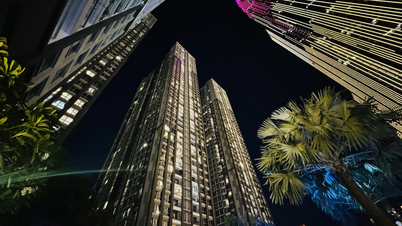









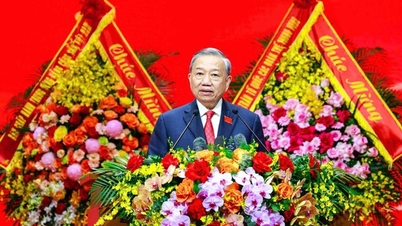
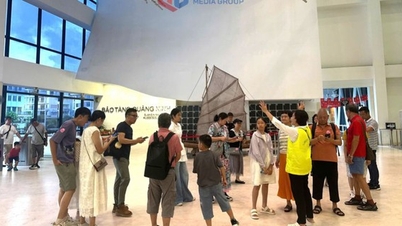
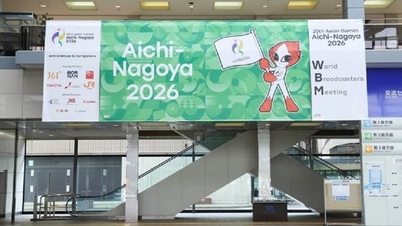


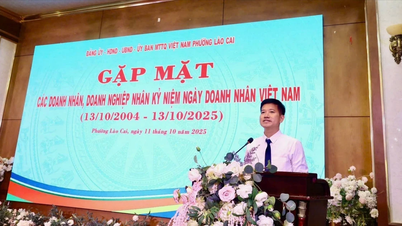
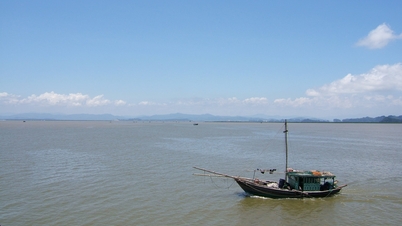

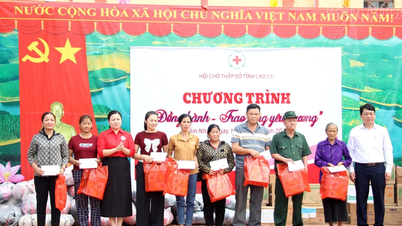
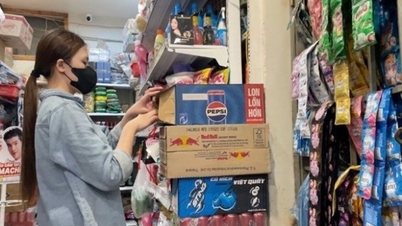



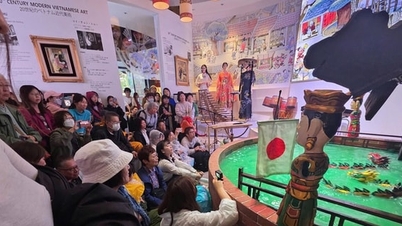











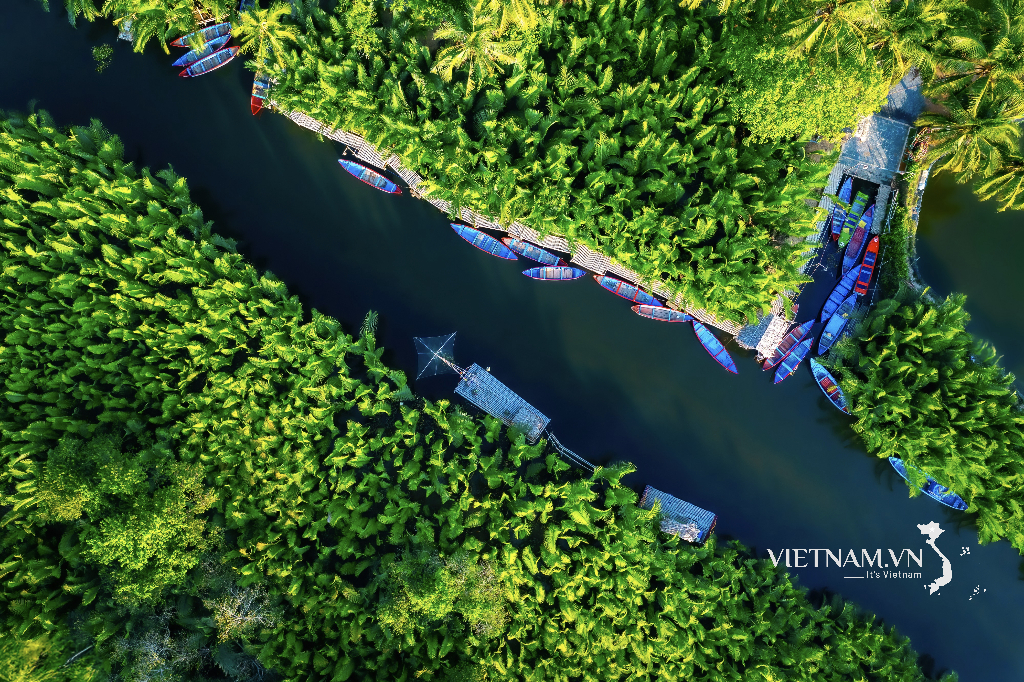

Comment (0)